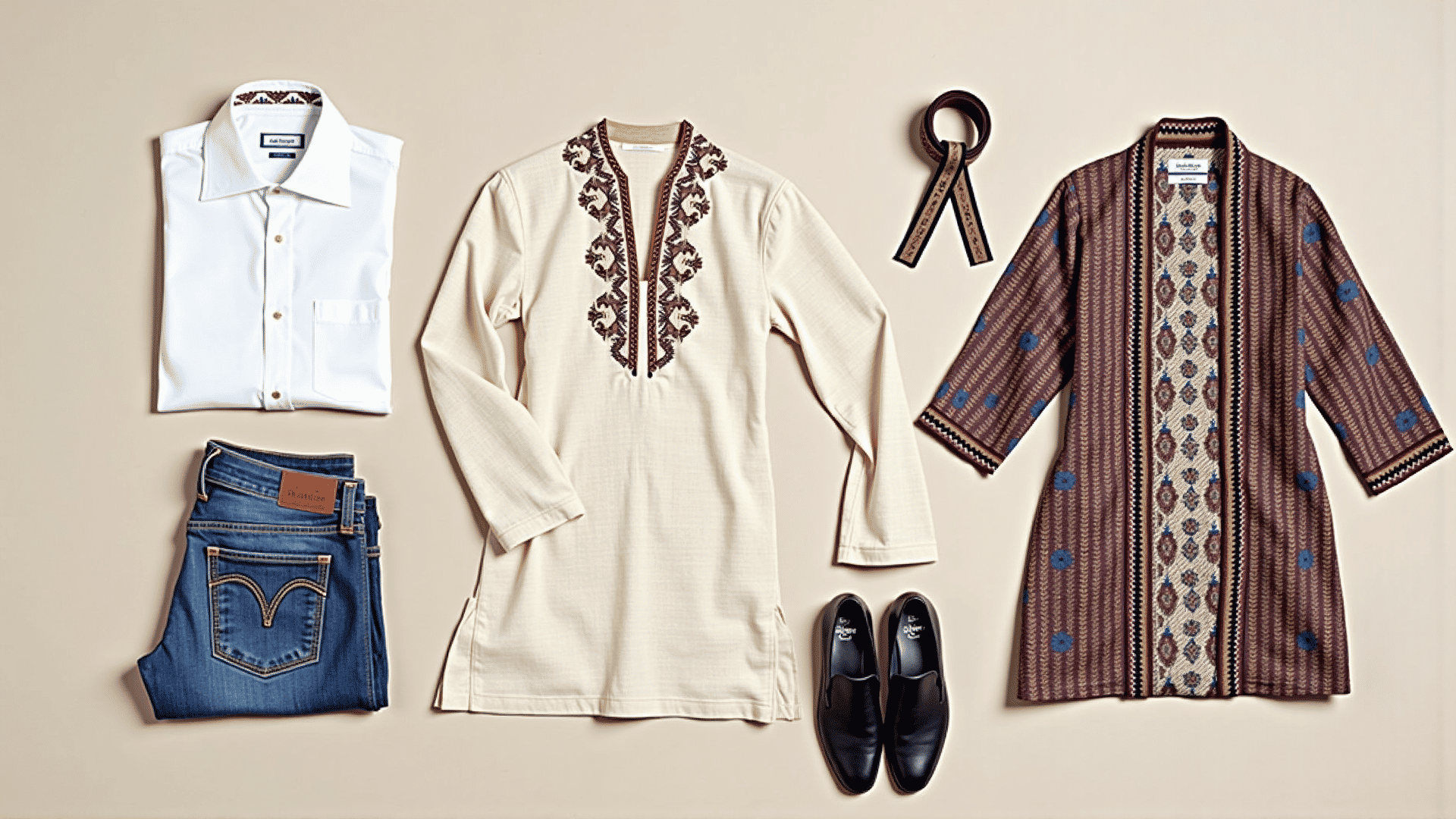In an increasingly globalized world, exploring the rich tapestry of cultural clothing practices can unveil timeless essentials that resonate with both style and substance. Delving into these traditions not only broadens our appreciation for diverse aesthetics but also provides inspiration for curating a versatile and meaningful wardrobe.
The Art of Layering from Japan
Japanese fashion is renowned for its refined art of layering. Rooted in historical practices, garments like kimonos offer insights into creating depth and versatility in apparel. The modern interpretation includes layering lightweight fabrics over each other to adapt to different seasons, creating both warmth and visual interest. This approach encourages thoughtful wardrobe choices that can transition seamlessly from formal occasions to everyday wear.
Minimalism and Elegance from Scandinavia
Scandinavian style is synonymous with minimalism, emphasizing functional, clean lines and muted color palettes. This approach underscores the importance of quality and sustainability over excessive consumption. Scandinavian fashion supports the idea that a few well-chosen pieces can form a robust foundation for any wardrobe, advocating for simplicity that is both timeless and effortlessly chic.
Rich Textures from Africa
African fashion is a celebration of vibrant colors and rich textures. Fabrics such as kente cloth and mudcloth are not only visually striking but are deeply symbolic, representing cultural narratives and histories. Embracing such textiles can introduce a sense of story and personality into one's wardrobe, making each piece not just an item of clothing, but also a conversation starter and a personal statement.
Versatility from Indian Attire
Indian clothing practices provide a master class in versatility. The sari, for example, is a single piece of cloth that can be draped in countless ways, suitable for any occasion. This adaptability encourages creative expression and tailoring garments to fit personal style preferences. Incorporating this flexibility into everyday attire can lead to a more dynamic and personalized wardrobe.
Timeless Craftsmanship from Italy
Italian fashion is revered for its dedication to craftsmanship and detail. This tradition champions well-made garments that stand the test of time, both in durability and style. By focusing on the quality of materials and the skill behind each piece, one can build a collection that is both long-lasting and continuously fashionable.
Resilience and Practicality from Indigenous Cultures
Indigenous clothing practices often center around functionality and resilience, values that are increasingly relevant in modern wardrobes. Garments are designed to withstand harsh environments and are often made from locally sourced materials. This focuses attention on environmental considerations and the importance of choosing attire that respects and coexists with nature.
Conclusion
Drawing inspiration from global fashion traditions allows individuals to transcend fleeting trends and connect to a broader sartorial narrative. Whether through the rich layers of Japanese culture, the minimalism of Scandinavian design, or the robust symbolism of African textiles, each cultural practice offers a unique perspective on dressing that aligns with both contemporary needs and timeless style principles. By embracing these diverse influences, one can craft a wardrobe that is not only stylish but also rich in meaning and adaptability.
